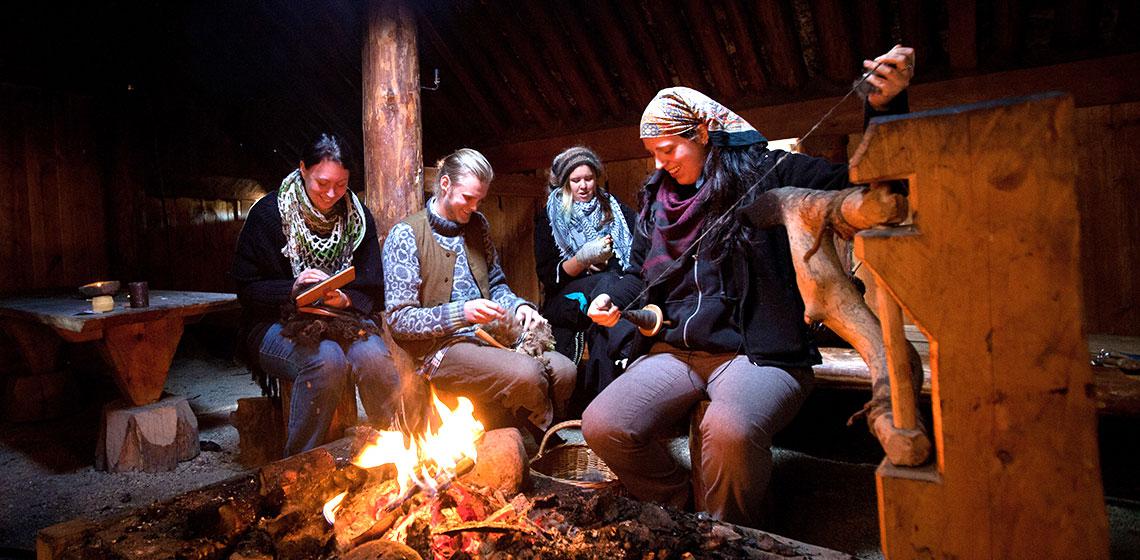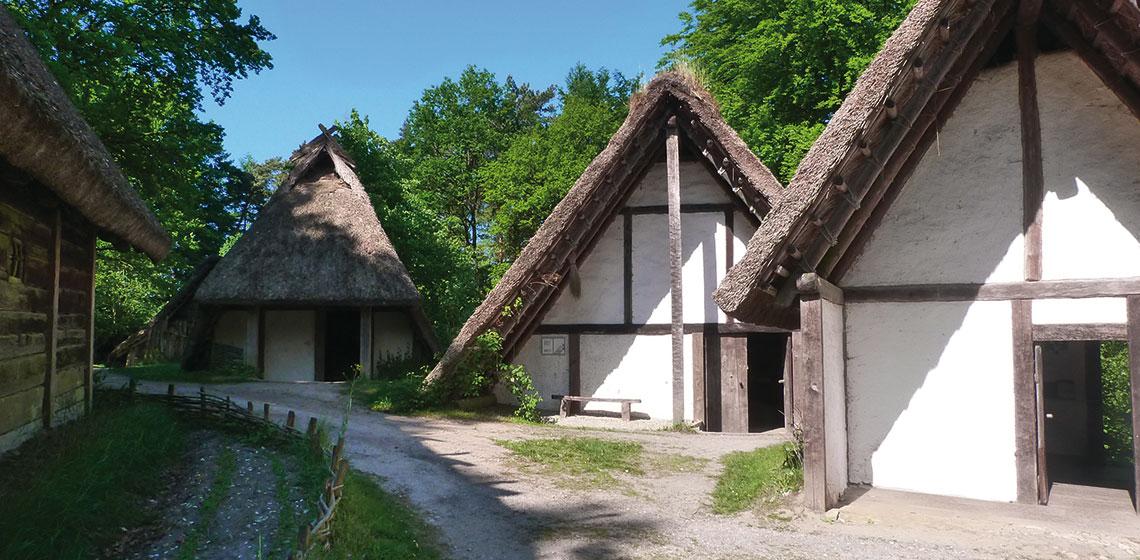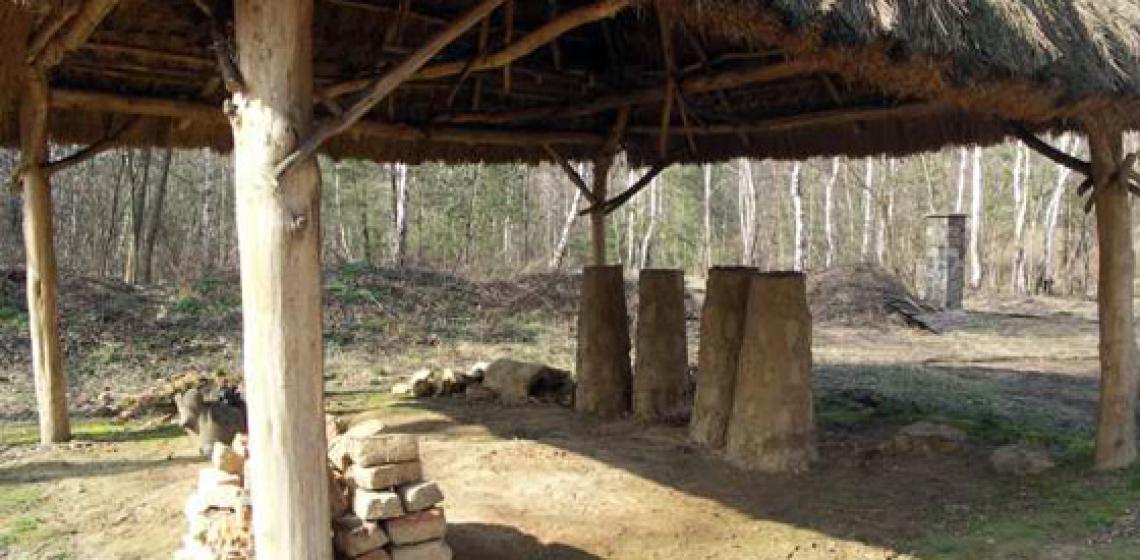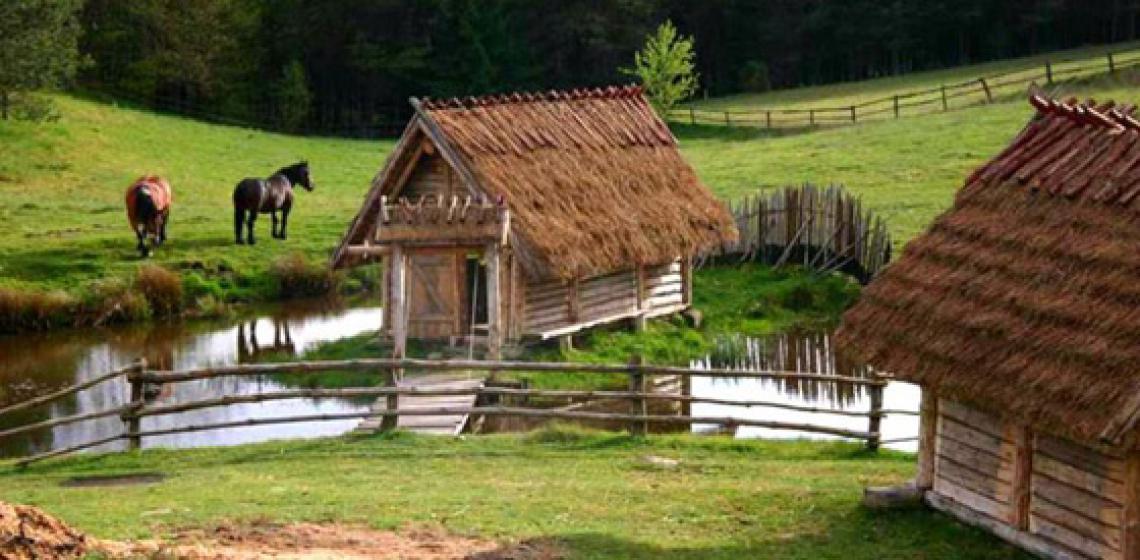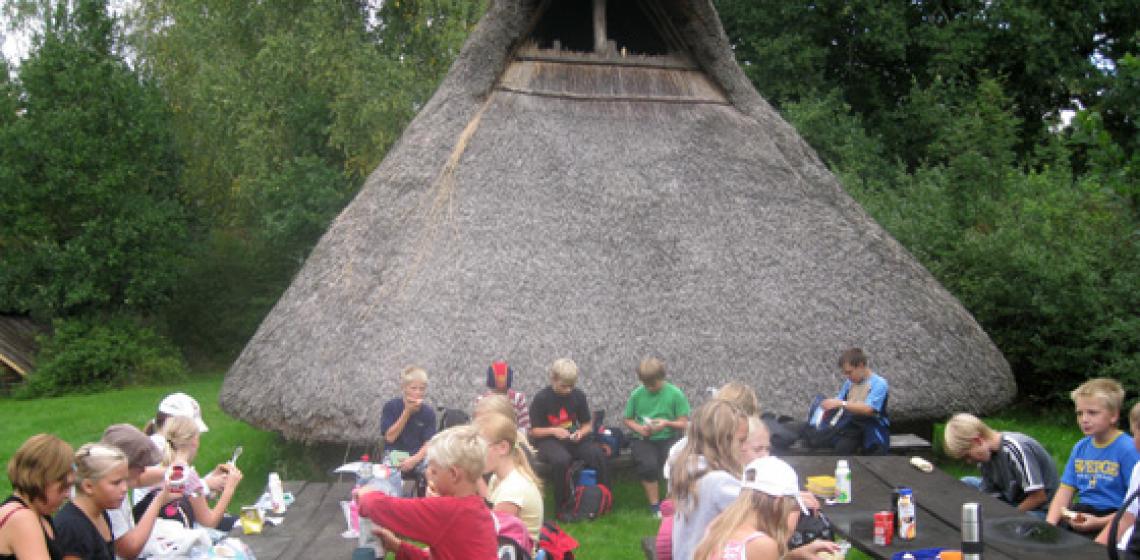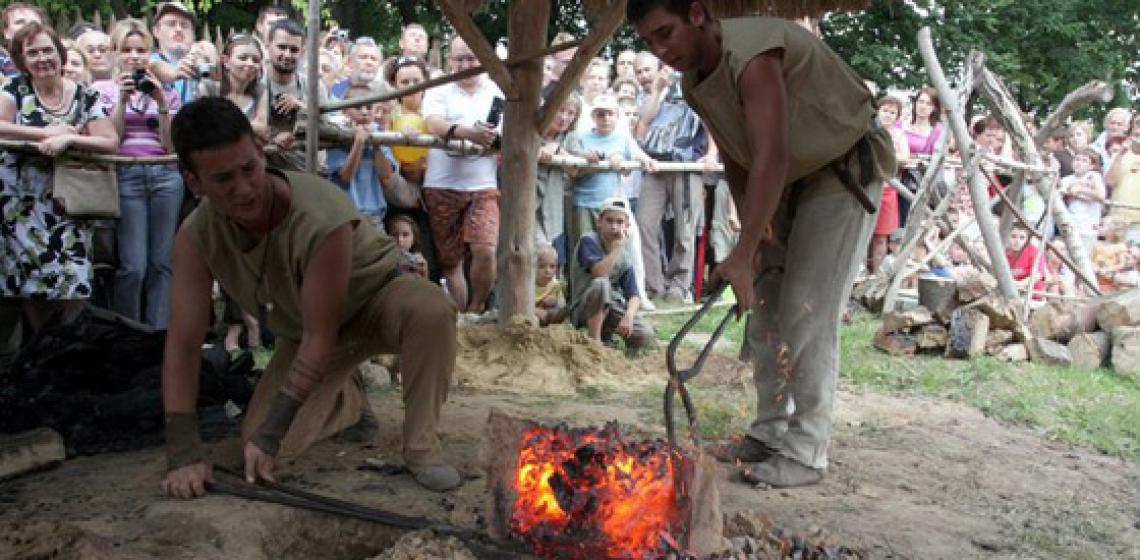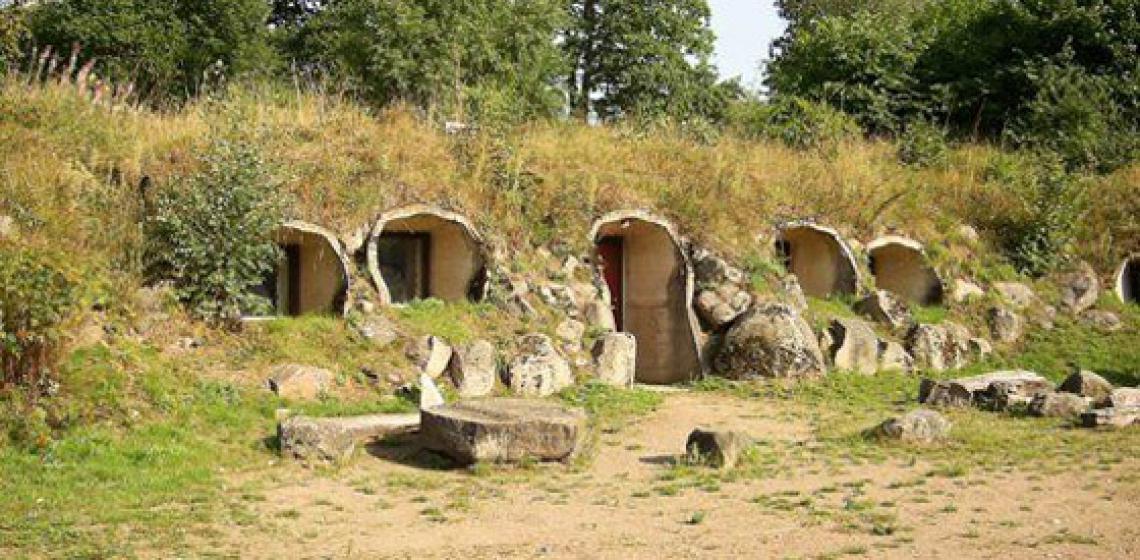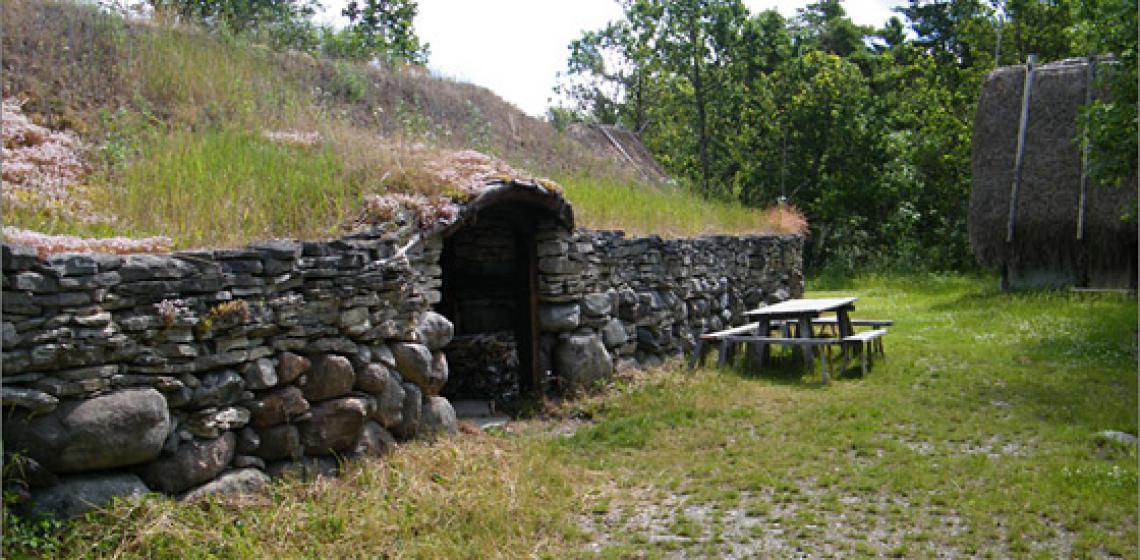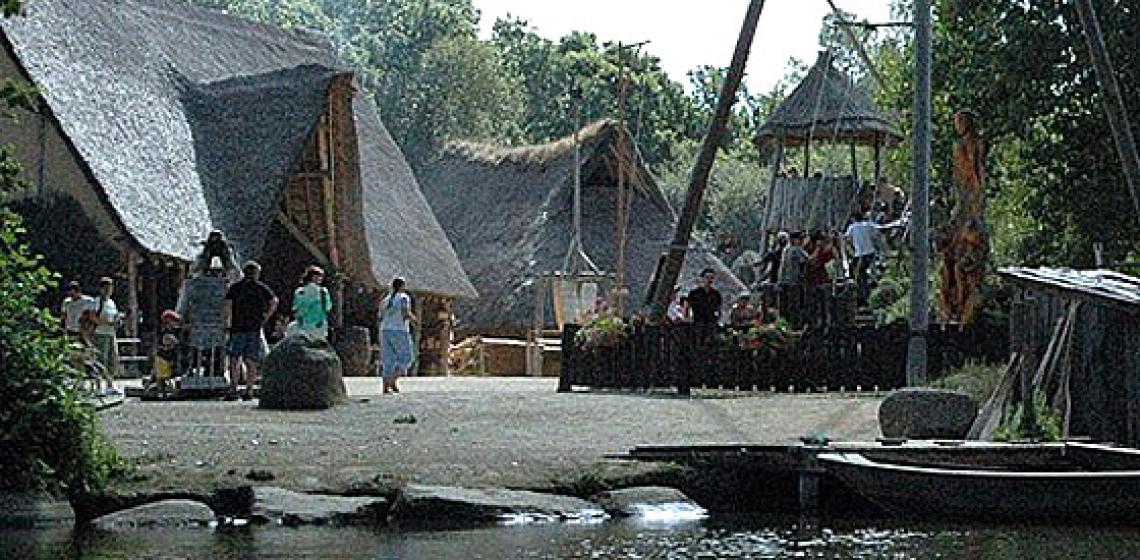Bäckedals Folkhögskola (SE)
Bäckedal is a Folk High School / independent adult education college with courses in ancient technology and traditional knowledge. The school is independent concerning religion, party politics and the business-world and the education is funded by the Swedish state.
Bäckedal is a Folk High School / independent adult education college with courses in ancient technology and traditional knowledge. The school is independent concerning religion, party politics and the business-world and the education is funded by the Swedish state...

